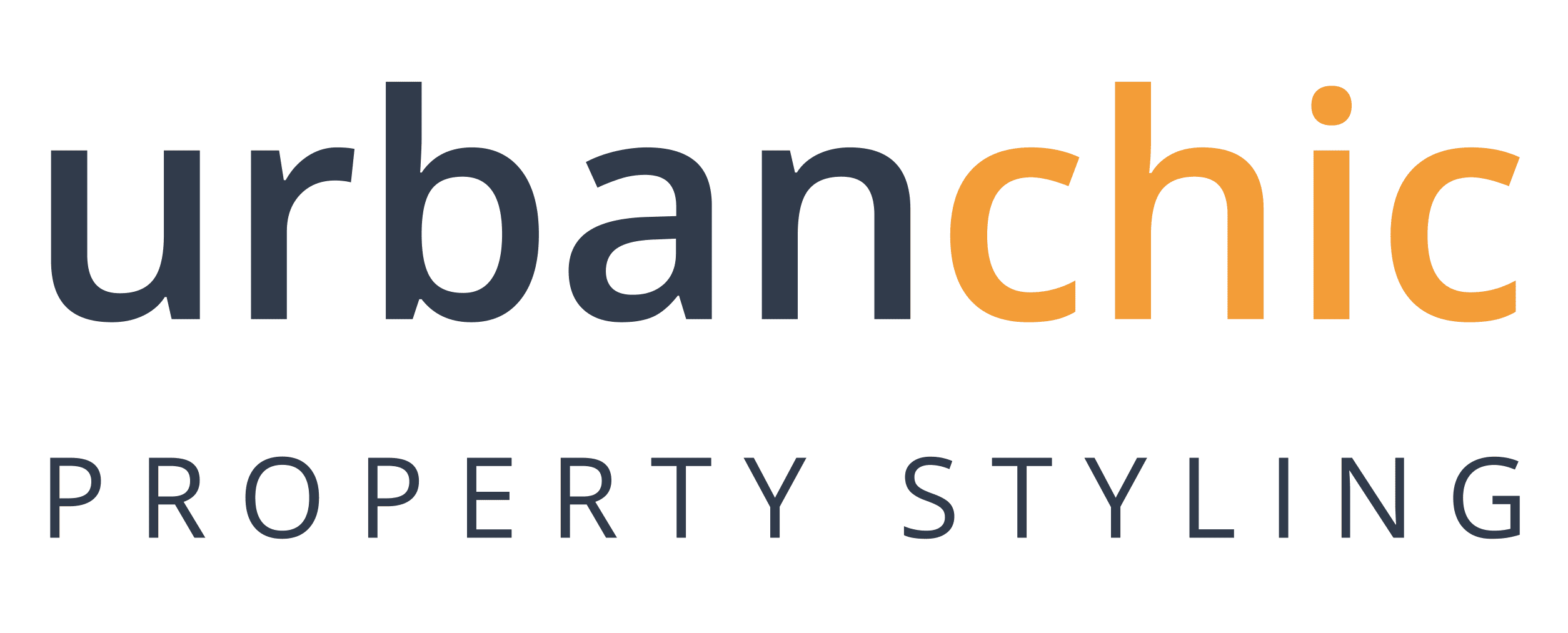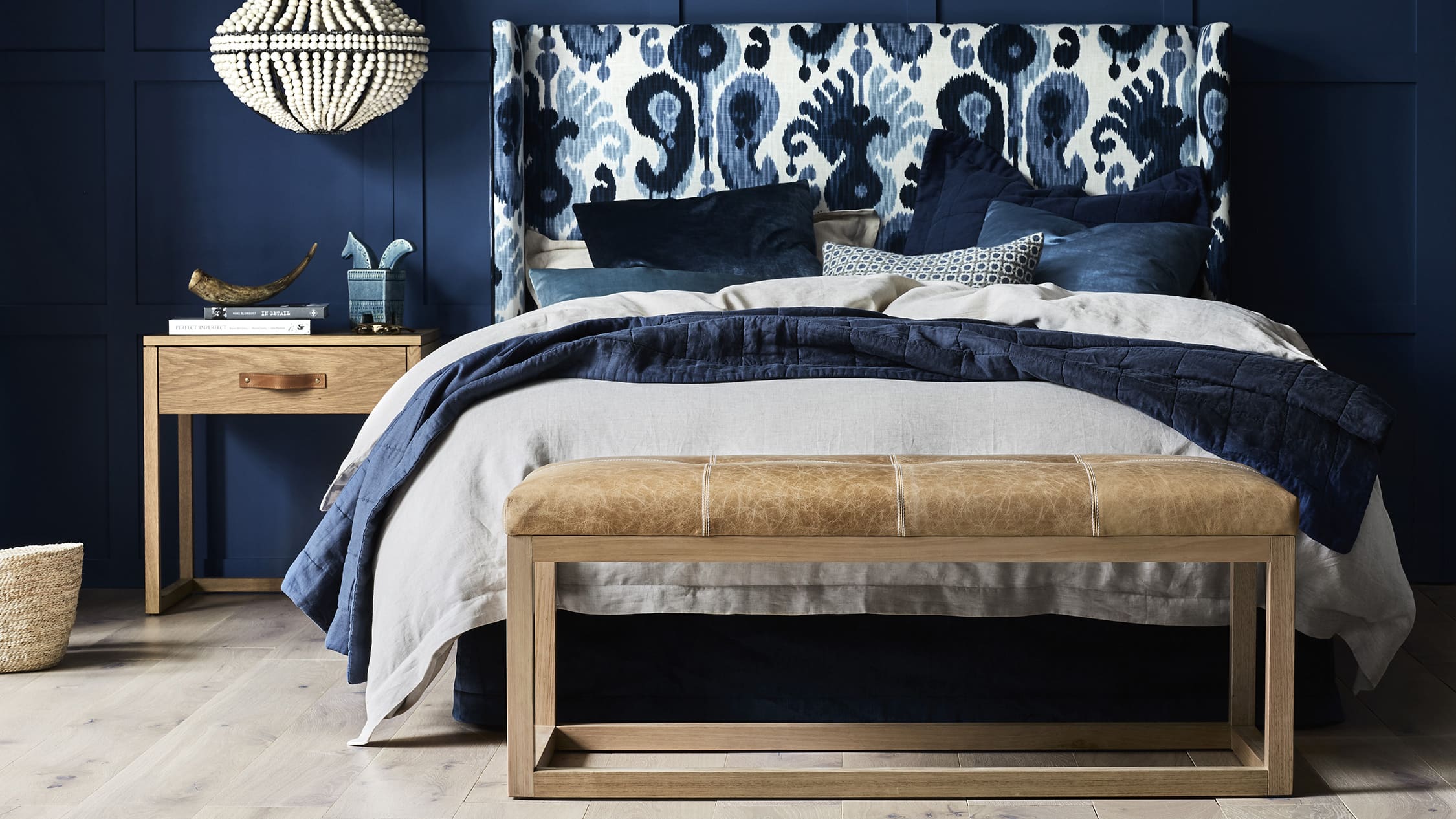Homeowners who attempt to style their own property before listing it for sale often make more work and expense for themselves by failing to plan ahead. If one is going to take on the big and potentially costly job of styling a home for sale, one must first take a few pages from the real estate stylist handbook.
Planning is Critical
Without a solid plan from beginning to end, from the selection of colours on your walls to the purchase or hire of necessary furniture pieces, you can find yourself spending thousands of dollars and, perhaps worse, doing the same tasks multiple times. In the end, you’ll want to get the best staging results whilst spending the least amount.
Priority One
As you approach the job of styling your home or apartment for sale, the first thing is to get your perspective straight. The house you’re working on is no longer the place where you and your small children celebrated Christmas. It is an asset, pure and simple. You are about to liquidate a savings account where you have been stashing cash for years. Your job is to arrange everything within the transaction in order to keep as much of that cash as possible. Your goal is to get out with money to spare. You can do it by making the house irresistible to potential buyers without spending all your equity. It really is a tall order.
It’s such an important outcome that most home sellers turn this monumental task over to professional home stylists who do this sort of thing every day. They do all the planning, all the execution, and even move the necessary furnishings in, then out again once the sale is final. Yes. There is a cost associated with these services, but it’s a cost you will more than likely recoup at the end of the process. Professionally styled homes generally sell for 15 to 20 percent more than unstaged ones. The money you spend on home styling is a pittance in light of the possible return.
Have a Budget
Once you understand that this home styling adventure is a business complete with potential for gains or losses, you’ll know that a budget is necessary. Start with one to three percent of the asking price you would have spent on a professional home stylist then sort out the details.
• Furnishings – If you will have to buy or hire furnishings, you will probably need to add money to your initial budget. The house stylist already has access to stylish furnishings and need not invest heavily in such. They do charge for furniture hire, but the cost is relatively small by comparison.
• Painting – unless you are doing the painting yourself, you will need an investment here for a professional painter. The key is to be certain of your colour scheme long before you go to the paint store. (Planning the colour scheme also includes art, upholstery, and things like bedding and towels for the bathrooms, so be sure your palette is the right one.) If you want to make your home look larger – and you do – you can save money and time by using the same basic neutral wall colour throughout. By doing this you can buy paint in larger quantities and minimise the cost of colour changes from room to room.
• Repairs – repairs are another place where hiring a professional makes sense. Be careful to hire qualified professionals when it comes to plumbing, electrical work, and other systems. It’s not unusual to run into surprises, so don’t forget to pad your budget a bit in the repair department. Otherwise, stick to your budget like glue.
• Cleaning – Remember, the definition of “clean” is the absence of dirt. This also means the lack of stains and odours anywhere in your home. Again, a professional cleaning crew can help with this if you have the time to oversee the project. Never, ever list a home until and unless the entire house is spotless and everything that should shine does.
Control Costs
As you implement your home styling project, it is critically important that you control your costs. This may seem simple enough but it can get complicated when you are scheduling tradesmen – painters, plumbers, and electricians – and find they are all there at the same time stumbling over each other and being forced to be idle while they wait on each other. Bear in mind that they are charging for their time – when you waste it, it can be expensive.
With a solid plan and basic common sense, you can stage your own home successfully. The real estate stylist in you may emerge, revealing a talent you didn’t even know you had. If, on the other hand, your time can be better spent at your real job, you may wish to leave this home staging business to somebody whose real job is real estate styling. When you bring in a professional, you can avoid the ‘ready, fire, aim’ scenario and save yourself time and money in the end.




